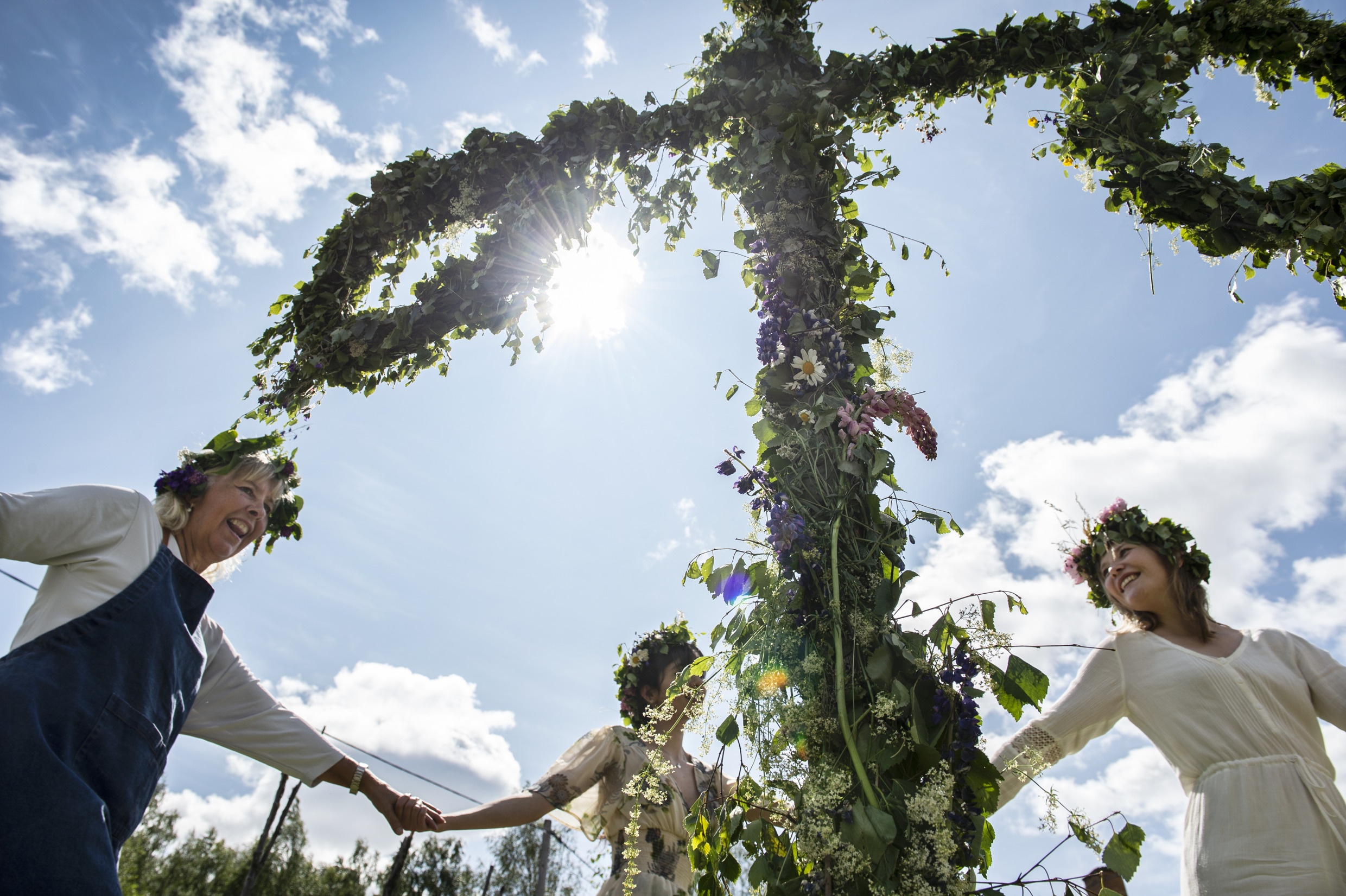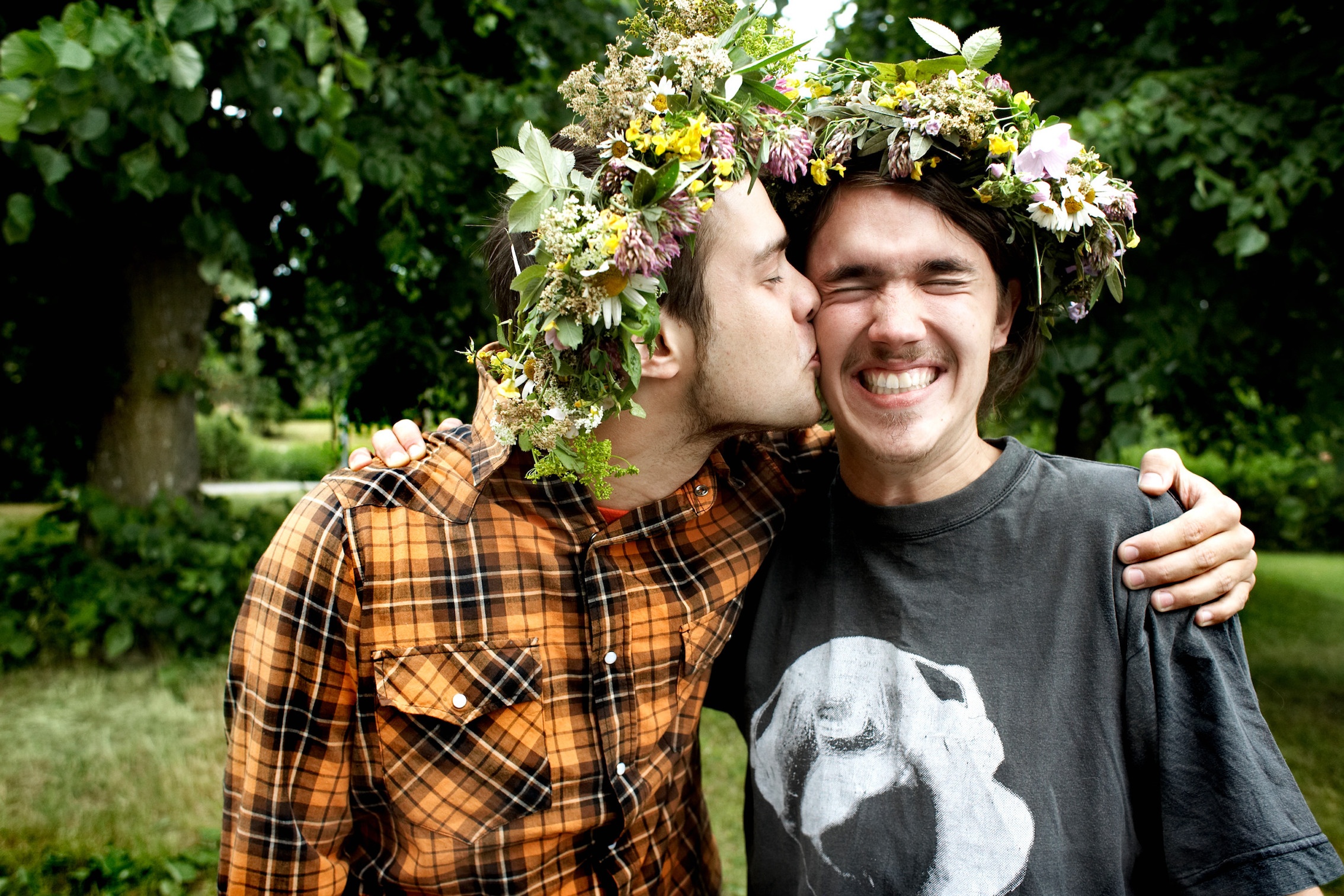


Q&A - midsummer edition
Midsummer, this mythical holiday. What is it, where did it come from, how do one celebrate it and what can’t one miss out on? We have answered all your questions in this Q&A. Enjoy!
What is midsummer?
Midsummer is a Swedish holiday celebrated between 20–26th of June, close to the the summer solstice. The holiday is since the 300’s associated with John the Baptist’s birth, however today midsummer is widely celebrated secular.
The meaning of midsummer before Christianity is speculated in, there is proof of different sorts of celebrations in the middle of summer before Christianity, however it is not clear if these celebrations were the precursors of midsummer as we know it today. Back when Sweden was an agrarian society, the holiday celebrated spring, and today it is a sign of summer, a chance to celebrate the own country and the start of the vacation for many.
What is a must during midsummer?
- Dance around the maypole to songs like “The Little Frogs (Små grodorna)” “The Bear is Sleeping (Björnen sover)” and “Carousel/Rosy Maiden (Karusellen/Jungfru Skär)”
- Bind and wear flower wreaths
- Indulge in traditional Swedish dining
- Pick seven different types of flowers to put under your pillow and hope to dream about your future spouse.
- Take a snaps with a traditional drinking song such as “The Whole (Helan går)”
- Staying up to greet the sun on midsummer day
What do you eat on midsummer?
Traditional Swedish holiday dining with a summer-twist is the center of midsummer. On the table you can find:
- Nubbe/Snaps – a traditional flavored strong alcoholic beverage you shot to a drinking song
- Pickled herring (sill) in different flavors
- Potatoes and sour cream
- Aged cheese and crispbread
- Old man’s mix (gubbröra)
- Strawberry cake with whipped cream
Why the Maypole?
The Maypole is the most significant symbol of midsummer. It is believed to origin in Germany and have come to Sweden during the medieval period.
Are there any myths about midsummer?
Midsummer night was long believed to be a magical night where supernatural creatures were extra active. The flora was also believed to have magic powers, resulting in a tradition of binding flower wreaths, collecting healing herbs and foretelling the future, in an aim to make use of the magic of this night.








